SOURCE: RAUNAK KUNDE / NEWS BEAT / IDRW.ORG
The Aeronautical Development Establishment (ADE) is developing a new Medium Altitude Long Endurance (MALE) class Unmanned Aerial Vehicle (UAV) called the Archer-NG. The UAV is expected to be rolled out in early 2024 with the first flight expected by mid-2024.
The Archer-NG will be equipped with technologies like avionics, software, a Ground Control Station and a Ground Data Terminal developed for the Rustom-2 UAV program. The Rustom-2 program was closed down due to its failure to meet the Indian Armed Forces’ requirement of an altitude of 30,000 ft and an endurance of 24 hours. The Archer-NG is being designed to address these shortcomings.
Continue readingSOURCE: RAUNAK KUNDE / NEWS BEAT / IDRW.ORG

The Indian Air Force (IAF) has set its sights beyond the atmosphere, proposing a groundbreaking transformation into the Indian Air and Space Force (IASF). This ambitious move aims to propel India into the ranks of major aerospace powers, with a focus on harnessing the strategic potential of space.
At the heart of this vision lies the development of Co-orbital weapons, a controversial yet potentially game-changing technology. These satellites, equipped with explosives, lasers, or other directed-energy weapons, would be maneuvered in orbit to neutralize enemy satellites or even ground targets.
Continue readingSOURCE: IDRW.ORG TEAM
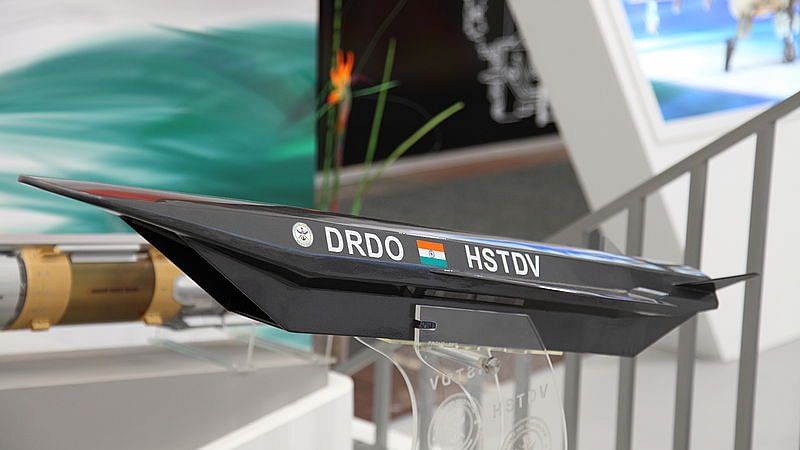
India’s quest for self-reliance in defense technology is set to take a major leap forward with the proposed revamp of the Technology Development Fund (TDF) and restructuring of the Defence Research and Development Organisation (DRDO). A high-powered committee led by Dr. Kakodkar, former Secretary of the Department of Atomic Energy (DAE), and Dr. Saraswat, Member of NITI Aayog, has submitted a report to Defense Minister Rajnath Singh outlining a bold vision for the future of Indian defense research and development.
The TDF, established as part of the “Make in India” initiative, provides financial support to Indian companies and startups for developing cutting-edge defense technologies. The committee’s report proposes a significant increase in the TDF’s budget, bringing it closer to the level of the US Defense Advanced Research Projects Agency (DARPA). This will allow India to fund more ambitious and high-risk research projects, fostering innovation and breakthroughs in critical areas like artificial intelligence, hypersonics, and quantum technologies.
Continue readingSOURCE: IDRW.ORG TEAM

Bengaluru-based startup, The NewSpace Research and Technologies group is spearheading the convergence of AR, VR, and LLM technologies to create a Mixed Reality ecosystem specifically designed for aerospace maintenance. This holistic approach aims to provide maintenance crews with a comprehensive and immersive experience, ensuring that critical information is delivered with unmatched clarity, precision, and relevance.
The integration of cutting-edge techniques and high-fidelity content in Mixed Reality solutions enhances the quality and relevance of information provided to aircraft maintenance crews. This revolutionary approach goes beyond traditional methods, allowing maintenance teams to access information in real-time, reducing latency, and minimizing error margins. The result is a transformative shift in how information is presented, making it clear, unambiguous, and readily available to enhance decision-making processes.
Continue readingSOURCE: RAUNAK KUNDE / NEWS BEAT / IDRW.ORG

It’s been over a decade since the Sukhoi Su-57, Russia’s first fifth-generation fighter jet, took to the skies. Yet, despite its impressive capabilities, the aircraft has struggled to find widespread adoption, particularly among its traditional allies like India and China.
India and China have long been major buyers of Russian fighter jets. However, both nations have taken different paths in the era of fifth-generation fighters. China has successfully developed its own J-20, while India, after a failed co-development project with Russia for the FGFA (Fifth Generation Fighter Aircraft) based on the Su-57 airframe, is focusing on its own Tejas and AMCA programs.
Continue readingSOURCE: RAUNAK KUNDE / NEWS BEAT / IDRW.ORG
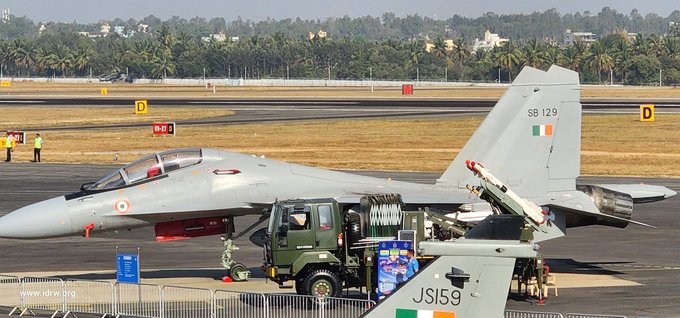
The Indian Air Force (IAF) and Hindustan Aeronautics Limited (HAL) are embarking on a major upgrade program for their fleet of 84 Sukhoi-30MKI fighter jets. This ambitious project will see a significant overhaul of the aircraft’s avionics, systems, and components, with a focus on incorporating Indian-made technologies and weapon systems. While this move towards self-reliance is laudable, it also presents challenges in integrating Western weapons onto a platform originally designed for Russian armaments.
The upgrade program prioritizes Indian-made sensors and avionics, enabling the Sukhoi-30MKI to seamlessly integrate domestic weapons like the Astra air-to-air missile family and Rudram air-to-surface missiles. This not only reduces dependence on foreign arms but also boosts the Indian defence industry. Additionally, the IAF plans to equip the upgraded jets with the MBDA-developed ASRAAM close-combat missile, demonstrating a continued willingness to leverage proven Western technologies where necessary.
Continue readingSOURCE: RAUNAK KUNDE / NEWS BEAT / IDRW.ORG
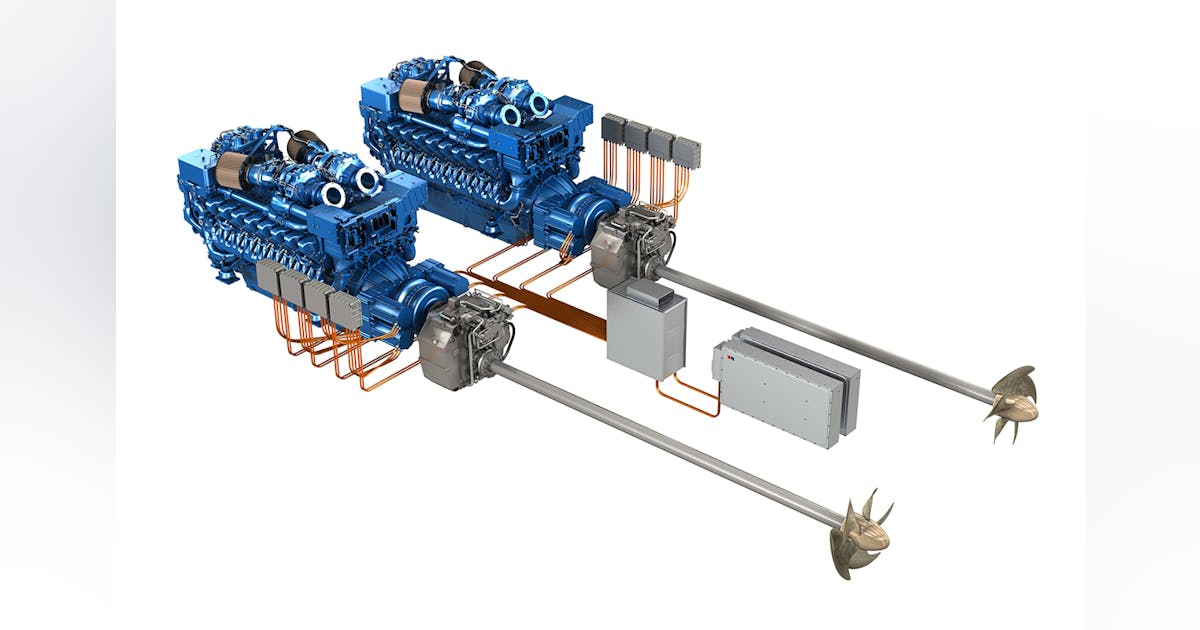
Rolls-Royce, a renowned name in the world of power and propulsion, has thrown its hat in the ring for India’s upcoming Next-Generation Destroyer (NGD) program with a cutting-edge hybrid propulsion solution. This proposal promises not only enhanced operational capabilities but also improved efficiency and cost-effectiveness.
At the heart of the Rolls-Royce solution lies a single, highly reliable gas turbine engine, capable of generating a powerful 36-40 MW of power even in scorching temperatures of 100°F. This engine, likely the Rolls-Royce MT30, will be the workhorse of the hybrid system, propelling the destroyer to full speed in a matter of minutes.
Continue readingSOURCE: IDRW.ORG TEAM

Sweden’s Saab recently became the first foreign company to secure 100% Foreign Direct Investment (FDI) in India’s defense projects. This has ignited a surge of interest among various international defense manufacturers to establish independent facilities in India, allowing them full ownership without the need for partnerships.
Several contenders vying for the Indian Air Force’s Multirole Fighter Aircraft (MRFA) program are now proposing similar arrangements. Following its successful bid for 100% FDI, Saab made headlines by backing out from a previously planned joint venture with Adani Defence. The joint venture aimed to manufacture Gripen-E fighter jets in India, contingent upon winning the MRFA contract.
Continue readingSOURCE: IDRW.ORG TEAM

The Indian Army is turning heads with its latest addition to its arsenal: All-Terrain Vehicles (ATVs) equipped with Konkurs anti-tank guided missile (ATGM) systems. Images surfacing from the Indian Army Southern Command reveal Arctic Cat Alterra TBX 700 ATVs sporting these powerful missiles, showcasing a potent combination of mobility and firepower.
These nimble ATVs offer several advantages over traditional armored vehicles. Their lighter weight allows them to navigate rough terrain with ease, making them ideal for mountainous and remote regions. Additionally, their relatively low cost compared to tanks and other heavy vehicles provides the Army with a cost-effective way to enhance their firepower in strategic locations.
Continue readingSOURCE: RAUNAK KUNDE / NEWS BEAT / IDRW.ORG
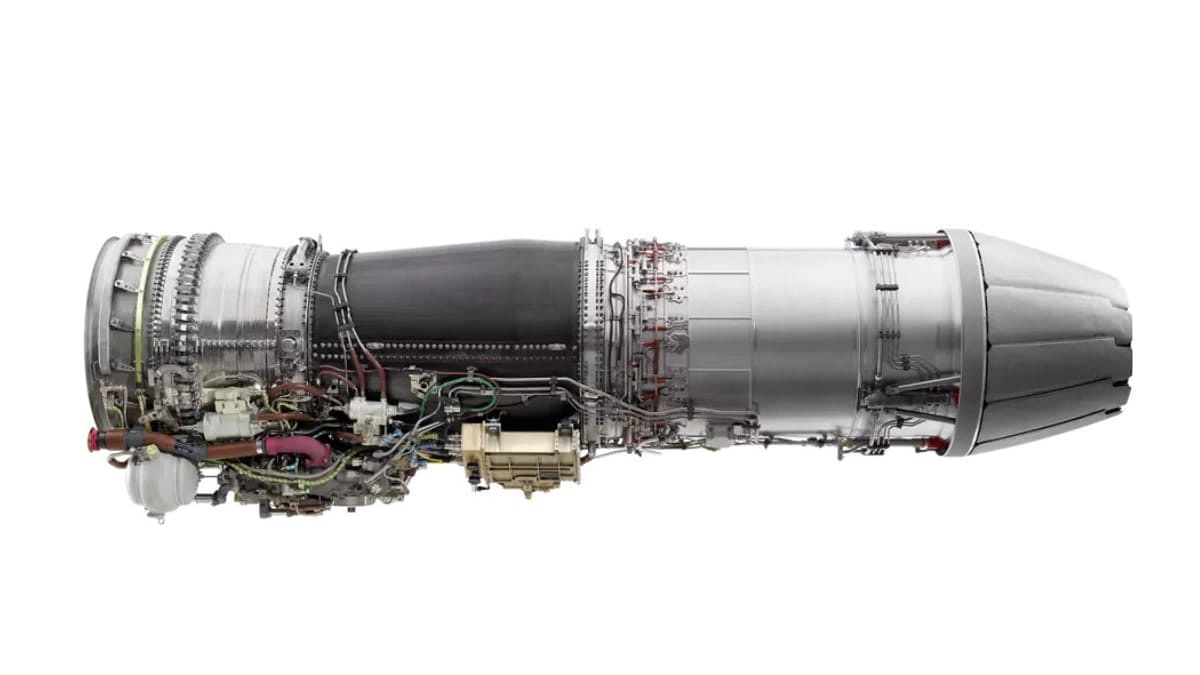
The sale of General Electric’s F-414 engine to India has come under meticulous review by the U.S. government’s Department of Commerce, governed by the International Traffic in Arms Regulations (ITAR). This regulatory framework is designed to evaluate critical technology risk and risk mitigation associated with the transfer of advanced defence technology. According to insiders, the deal includes an unprecedented 80% Transfer of Technology (ToT) to India, setting the stage for a comprehensive evaluation process that involves multiple U.S. government departments.
The ITAR process is a crucial mechanism for ensuring that the transfer of sensitive defence technologies, such as the F-414 engine, is conducted with utmost care and adherence to national security interests. It is within the purview of the Department of Commerce to oversee this process, emphasizing a thorough examination of the associated risks and appropriate mitigation strategies.
Continue readingSOURCE: RAUNAK KUNDE / NEWS BEAT / IDRW.ORG
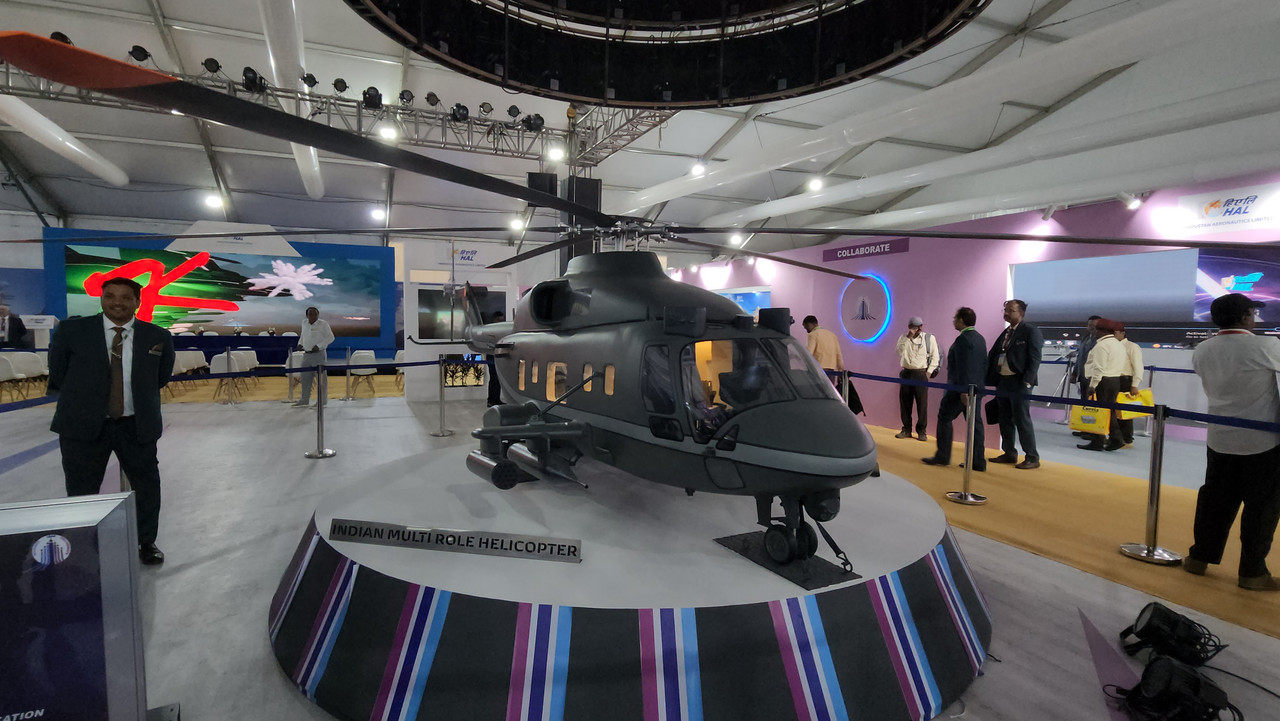
The Indian Air Force (IAF) is undergoing a significant shift in its helicopter procurement strategy, prioritizing domestic production and affordability over additional imports. This comes after the IAF confirmed it will not acquire more Apache attack helicopters, opting instead for the locally-made LCH Prachand. Now, the focus is turning to heavy-lift helicopters, with the IAF reportedly dropping plans for further purchases of the iconic Boeing CH-47F(I) Chinook.
The decision to forego additional Chinooks, despite their impressive capabilities, stems from a desire to support indigenous development and optimize costs. The IAF had previously acquired 15 Chinooks in 2020, but their high operating costs and potential dependence on foreign suppliers for maintenance have led to a reevaluation.
Continue readingSOURCE: RAUNAK KUNDE / NEWS BEAT / IDRW.ORG
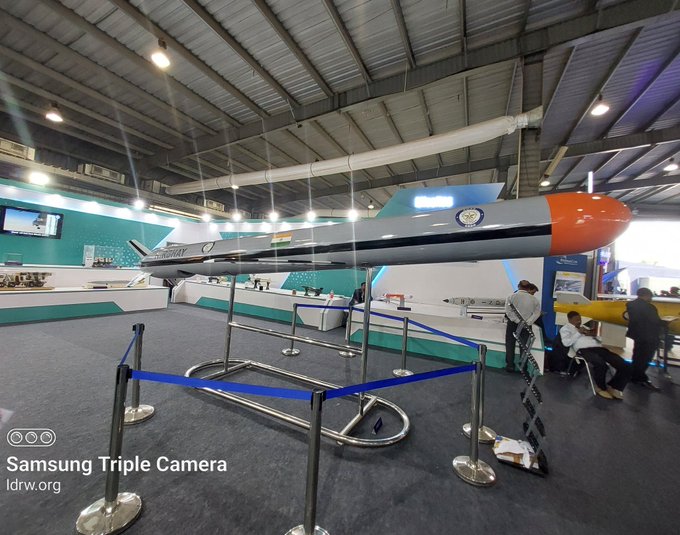
After successfully testing its land and sea-based long-range missiles last year, India’s Defence Research and Development Organisation (DRDO) is now setting its sights on the sky. In the next 12 months, the organization plans to conduct carriage trials and potentially test an air-launched variant (ALCM) of its sub-sonic cruise missile, dramatically boosting India’s long-range strike capabilities.
This ALCM variant, stripped of its booster stage for aerial deployment, will be carried by India’s formidable Su-30MKI fighter jets. With a potent payload of 1 tonne and a range exceeding 600km, it will become India’s longest-range air-launched cruise missile, eclipsing the French-made Scalp ALCM currently equipped on the Rafale fleet.
Continue readingSOURCE: IDRW.ORG TEAM

Air Chief Marshal RKS Bhadauria, former chief of the Indian Air Force, has delivered a resounding vote of confidence in the upgraded Tejas Mk1A fighter jet, declaring it superior in several aspects even to the formidable Mirage-2000 currently in service. This statement comes as the country grapples with the question of finding a suitable replacement for the ageing MiG-21 fleet.
While acknowledging the MiG-21’s Squadrons as the first recipient of the Tejas Mk1A, Bhadauria emphasized that the new aircraft’s capabilities far surpass its predecessor it is replacing. He stated that the Mk1A is not just a MiG-21 replacement, but a leap forward in terms of technology and firepower, leaving both the MiG-21 and, surprisingly, the Mirage-2000 in its dust.
Continue readingSOURCE: IDRW.ORG TEAM

Azista Aerospace, a leading provider of satellite and Satcom application products, has announced a strategic partnership with Forge for the DISC 8 Challenge. This challenge focuses on developing a lightweight, multiband Software Defined Radio (SDR) for ships, submarines, and aircraft, significantly enhancing communication capabilities across diverse platforms.
The proposed SATCOM solution aims to revolutionize communication capabilities for maritime and airborne platforms. The multiband functionality encompassing UHF, S, C, Ku, and Ka bands ensures seamless connectivity across various frequencies, enabling robust communication in diverse environments. The lightweight and compact design promises enhanced mobility and flexibility for deployment on ships, submarines, and aircraft.
Continue readingSOURCE: RAUNAK KUNDE / NEWS BEAT / IDRW.ORG

India’s Aeronautical Development Establishment (ADE) has taken a giant leap forward in its stealth aircraft development with the successful flight of the Stealth Wing Flying Testbed (SWiFT) Technology Demonstrator in its tailless configuration. This milestone marks the beginning of the next chapter for SWiFT, as ADE shifts its focus towards testing an internal weapons bay (IBW) and paving the way for a more advanced Remotely Piloted Strike Aircraft (RPSA).
The IBW is a crucial addition to SWiFT’s capabilities. By carrying weapons internally, the aircraft maintains its low-observable profile, making it even more difficult for enemy radars to detect. This enhanced stealth significantly increases survivability and mission effectiveness.
Continue reading